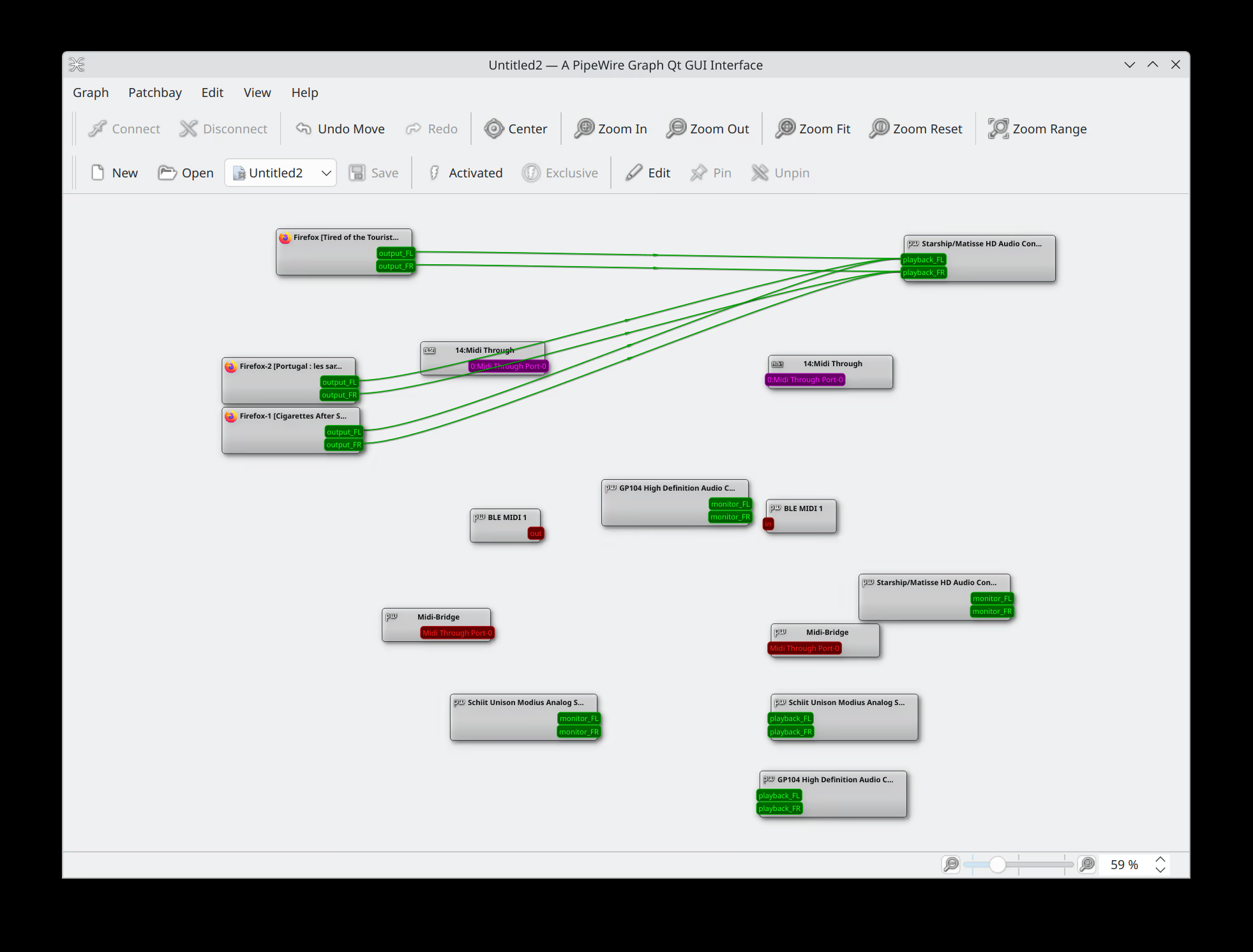
Did you know there are three different writing systems for English? That’s right - you can write English using letters that aren’t Latin characters. If you’re using KDE Plasma version 6.4 or earlier, go to the “Region & Language” system settings page and search “en_US.” You’ll see two locales in the results, and they both say they’re “en_US.” The latter en_US doesn’t seem to be English at all.
It turns out that the “weird” English is the “America English Deseret” locale, and the “normal” en_US is called “America English Latin”.
From wikipedia:
The Deseret alphabet is a phonemic English-language spelling reform developed between 1847 and 1854 by the board of regents of the University of Deseret under the leadership of Brigham Young, the second president of the Church of Jesus Christ of Latter-day Saints (LDS Church)
It is English, just written with a different alphabet. There’s another writing system for English called Shavian alphabet. The Shavian alphabet was invented in the UK, so the locale name is “en_GB.” We at KDE are having a bit of a headache with the fact that there are two different locales with the same name. Linux localization works by setting the locale name to standard environment variables like LANG, LC_TIME, etc. Applications use these environment variables to choose the right localization. There are two localization frameworks out there: GNU readtext and ICU. The first one is used mostly by command-line tools like Git and curl, and the second one is used mostly by GUI applications like KDE Plasma. It’s like trying to control two TVs of different models with a single remote - the buttons on the remote have to work for both TVs.
The issue is that GNU simply doesn’t have fancy locales like “American English Deseret” or “British English Shavian”. en_GB and en_US are Latin-only in GNU. Having the non-Latin version of English in systemsetting is confusing for users and useless. Since ICU defaults to latin alphabet for locale name “en_US”, there isn’t an ISO language code for “English Deseret”.
Here at KDE, we have to filter out the non-default scripts in the “Region & Language” settings. The English has three writing systems, but it’s not the only language with more than one script. There are:
- Azerbaijani (Latin, Cyrillic)
- Bosnian (Latin, Cyrillic)
- Chinese (Simplified Han, Latin, Traditional Han)
- Fula (Latin, Adlam)
- Hausa (Latin,Arabic)
- Hindi (Devanagari, Latin)
- Inuktitut (Unified Canadian Aboriginal Syllabics, Latin)
- Kashmiri (Arabic, Devanagari)
- Konkani (Devanagari, Latin)
- Malay (Latin, Arabic)
- Manipuri (Bangla, Meitei Mayek)
- Mongolian (Cyrillic, Mongolian)
- Santali (Ol Chiki, Devanagari)
- Serbian (Cyrillic, Latin)
- Uzbek (Latin, Cyrillic)
The most interesting language is Mongolian, because the default script for Mongolian is Cyrillic.
The Mongolians in Mongolia don’t write Mongolian in Mongolian officially.
